
Henri Matisse, who knew something about color, had a wary regard for one in particular. “Black,” he once said,“is a force.” At “Bill Brandt: Shadow and Light,” the voluptuous retrospective organized by curator Sarah Hermanson Meister at the Museum of Modern Art in New York City, you find out just how powerful a force it can be. In Brandt’s inky photographs, the sky can be a tar pit. Lovers in an illicit room can take on the gray scale and density of anthracite. Darkness has more than an aesthetic appeal for Brandt. For him, its charms are metaphysical. It stabilizes a haphazard world and pays due respect to its mysteries.
One of those mysteries was Brandt. Born in Hamburg in 1904 to a German mother and a British father, he claimed to have been born in London. When he was in his teens, tuberculosis led to four years in Swiss sanatoriums. Later, as a photographer’s apprentice in Vienna, he met Lyena Barjansky and Eva Boros, women who would live and travel with him for years — a menage that lasted even after Brandt married Boros in 1932. By that time, the trio was in Paris, where Brandt was an assistant to the Surrealist artist Man Ray. Plainly, he learned something from the master, because a whiff of the uncanny hangs over so much of his work, from the cryptic semaphores of five men at the Ascot races to the market porter balancing a huge fish across his hat like a crescent moon to the disembodied head in one of Brandt’s powerfully strange late figure studies. An even greater influence was the Hungarian-born photographer Brassai. When camera flashbulbs first appeared around 1930, Brassai made the most of them, exploding pockets of light inside the sexy urban darkness for his great book Paris by Night. Brandt moved to London to become something similar, an intimate portraitist of that city — its high life and lowlife. It was those pictures, published in two classic books, The English at Home and A Night in London, that he launched his career.
But those documentary photos aren’t as real as they seem. Brandt often recruited friends and family to playact as Londoners, and not always in roles they played in life. He was less interested in nailing pure realities than in creating his own. In the later ’30s, when he traveled around the industrial north of England, the bleak beauty he could conjure out of the actually dreary towns captivated him as much as the living conditions of the coal miners. Maybe more. It was during the wartime blitz that Brandt found his darkest materials. London’s blackouts offered him darkness as the ordinary condition of the world. And the German air raids that disemboweled whole neighborhoods produced a landscape of found Surrealism in which the entrails of bombed-out apartments hung weirdly in midair.
After the war, Brandt applied his sober disposition to almost everything he did. His best portraits are depth charges. Francis Bacon, a painter whose every other canvas was a cold-eyed face-off with anguish, must have fascinated Brandt, who made him out as a bereft, solitary wanderer — Lear on the heath. Around 1945 he also began the triumphant series of nudes that would consume him for 15 years. Like Picasso, he simply exploded the human form, disassembling it across the picture and turning our most constant companion, the body, into terra incognita. At other times, he just photographed naked women in dark rooms staring brazenly into the camera, resisting the confines of dreary postwar London.
Brandt’s work has influenced everything from the street scenes of Robert Frank to the belligerent nudes of Helmut Newton. If its weight and gravitas seem out of sync in an era of Instagrams and pixels, not to worry. The contest is entirely in his favor.
Bill Brandt: Shadow and Light is on view at the Museum of Modern Art in New York City, March 6 – Aug. 12, 2013.
Richard Lacayo is an art critic and editor-at-large at TIME.


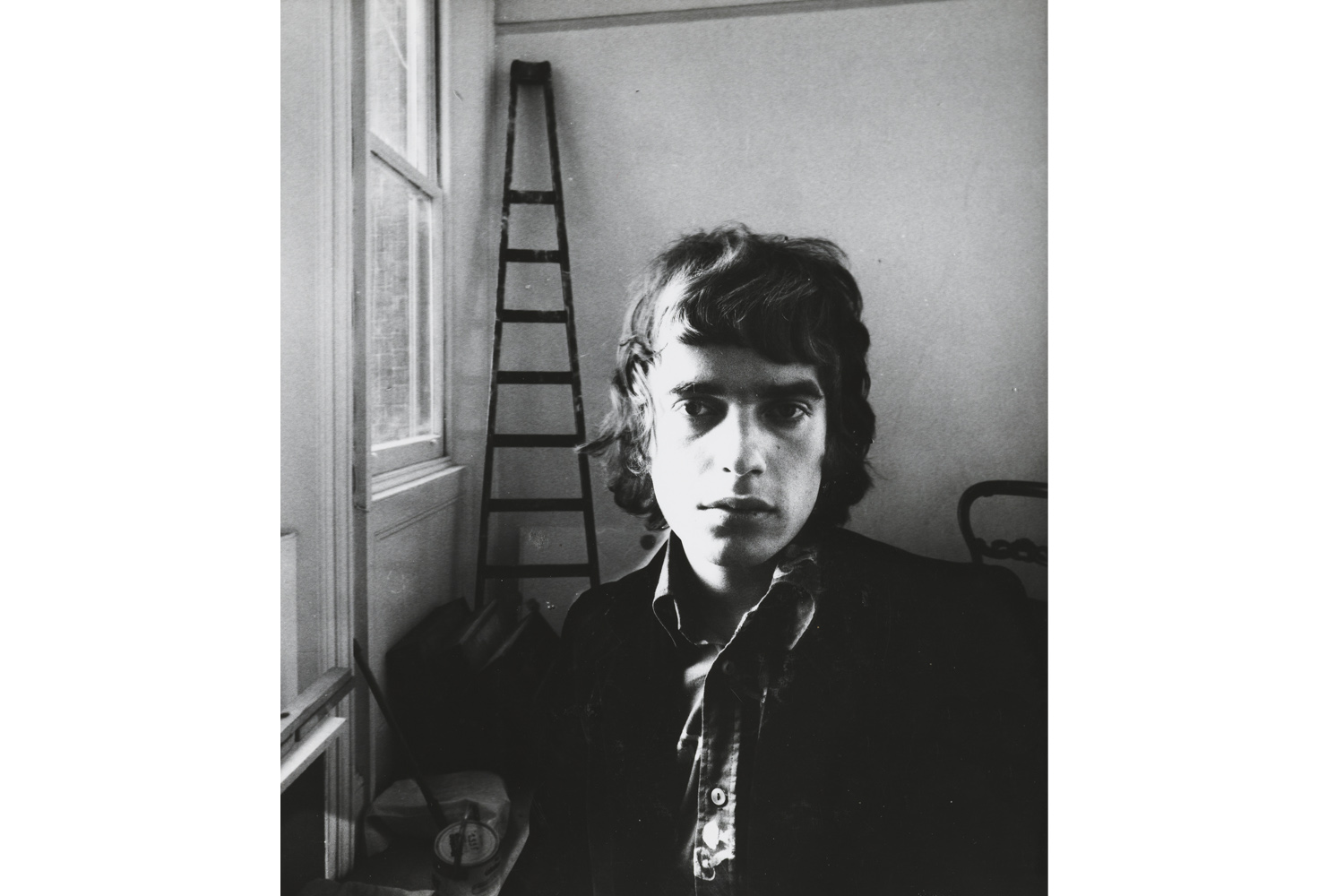



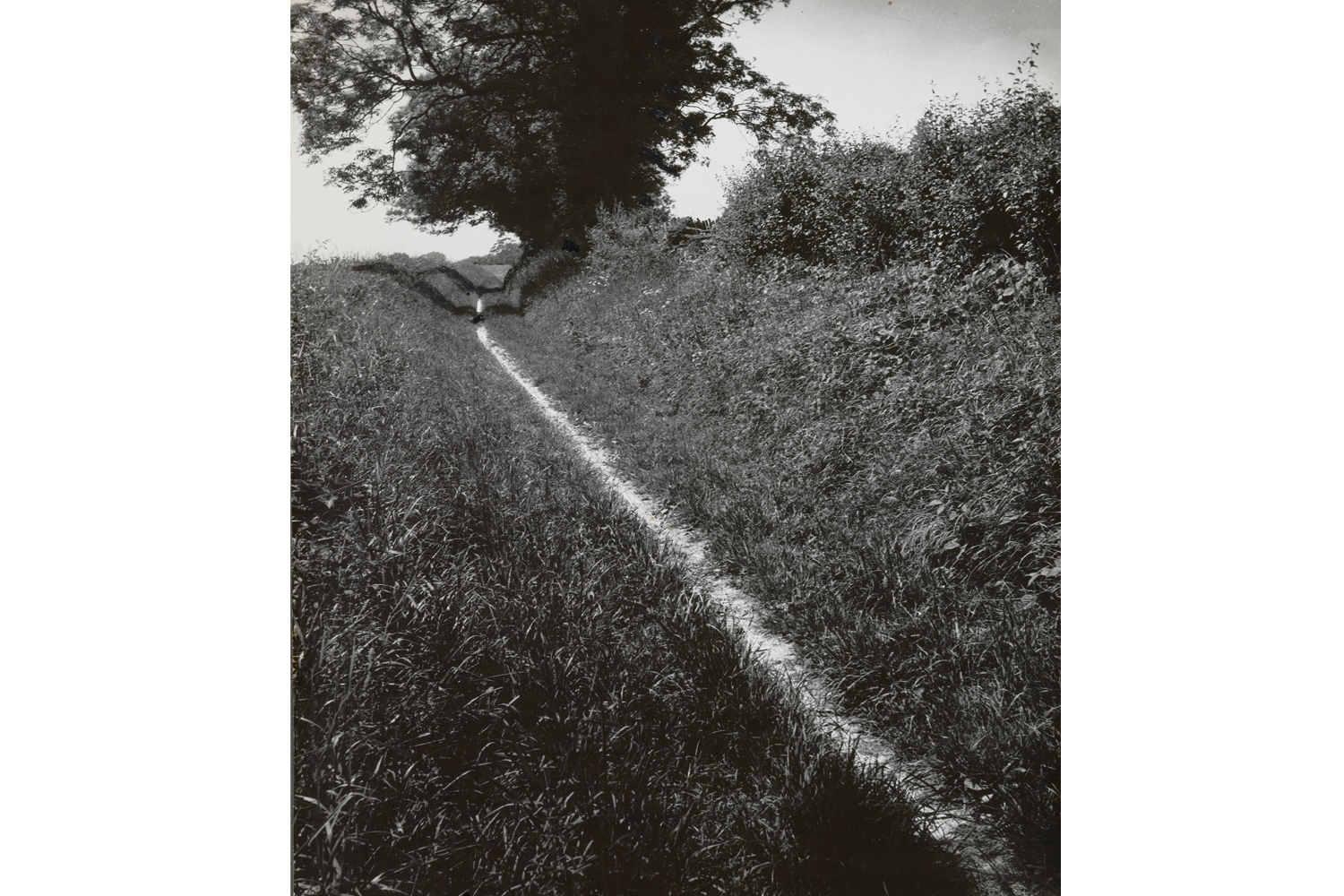
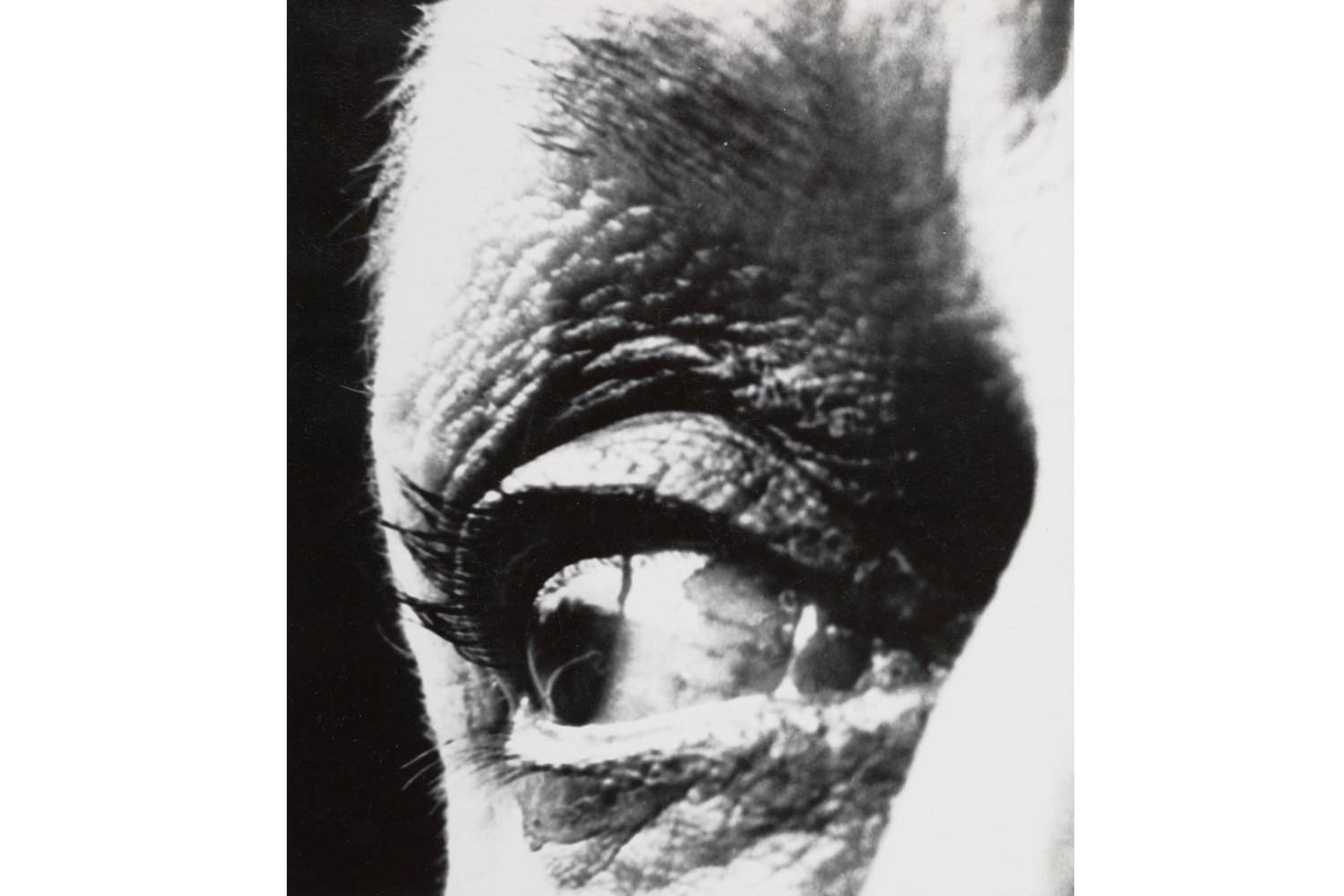
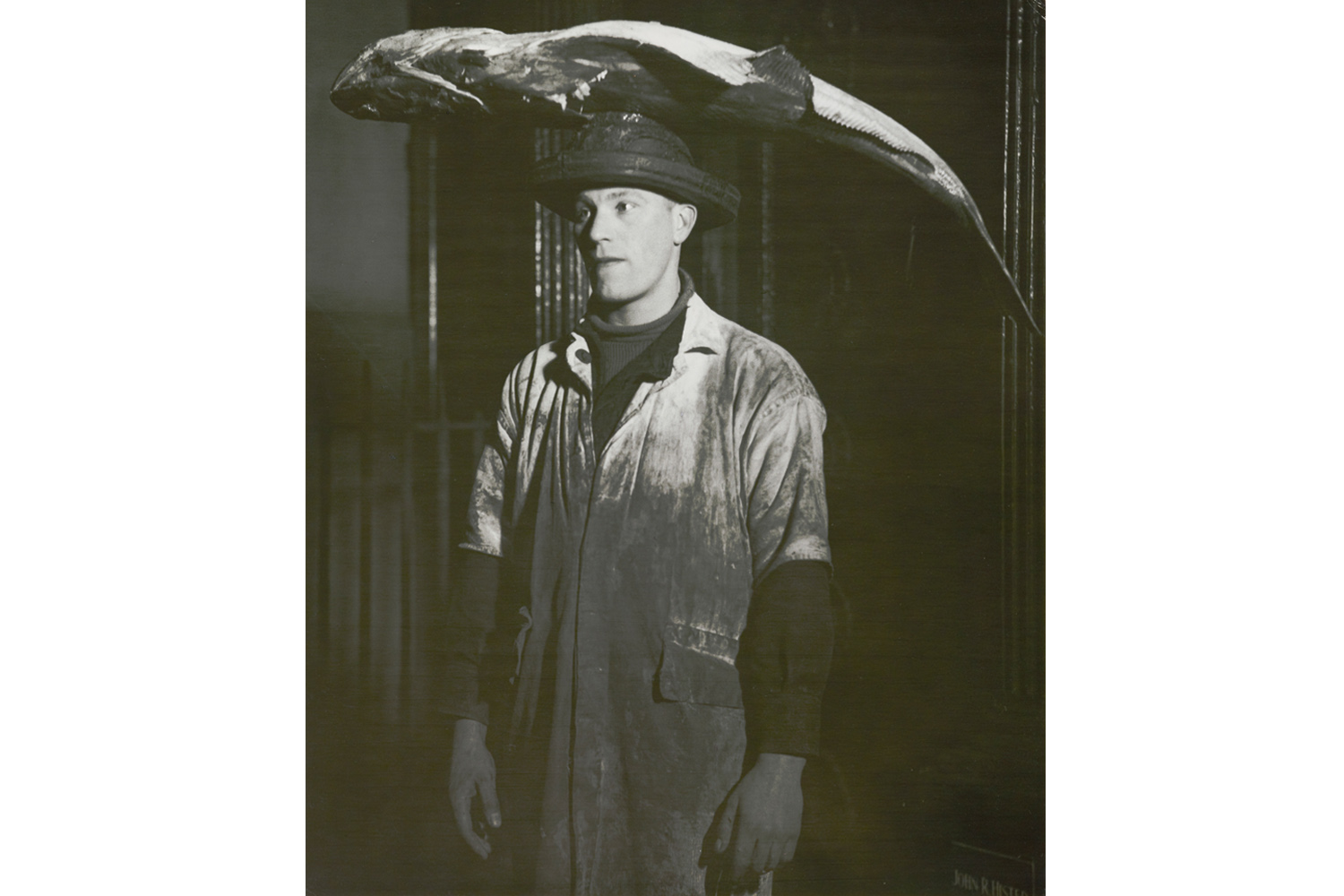

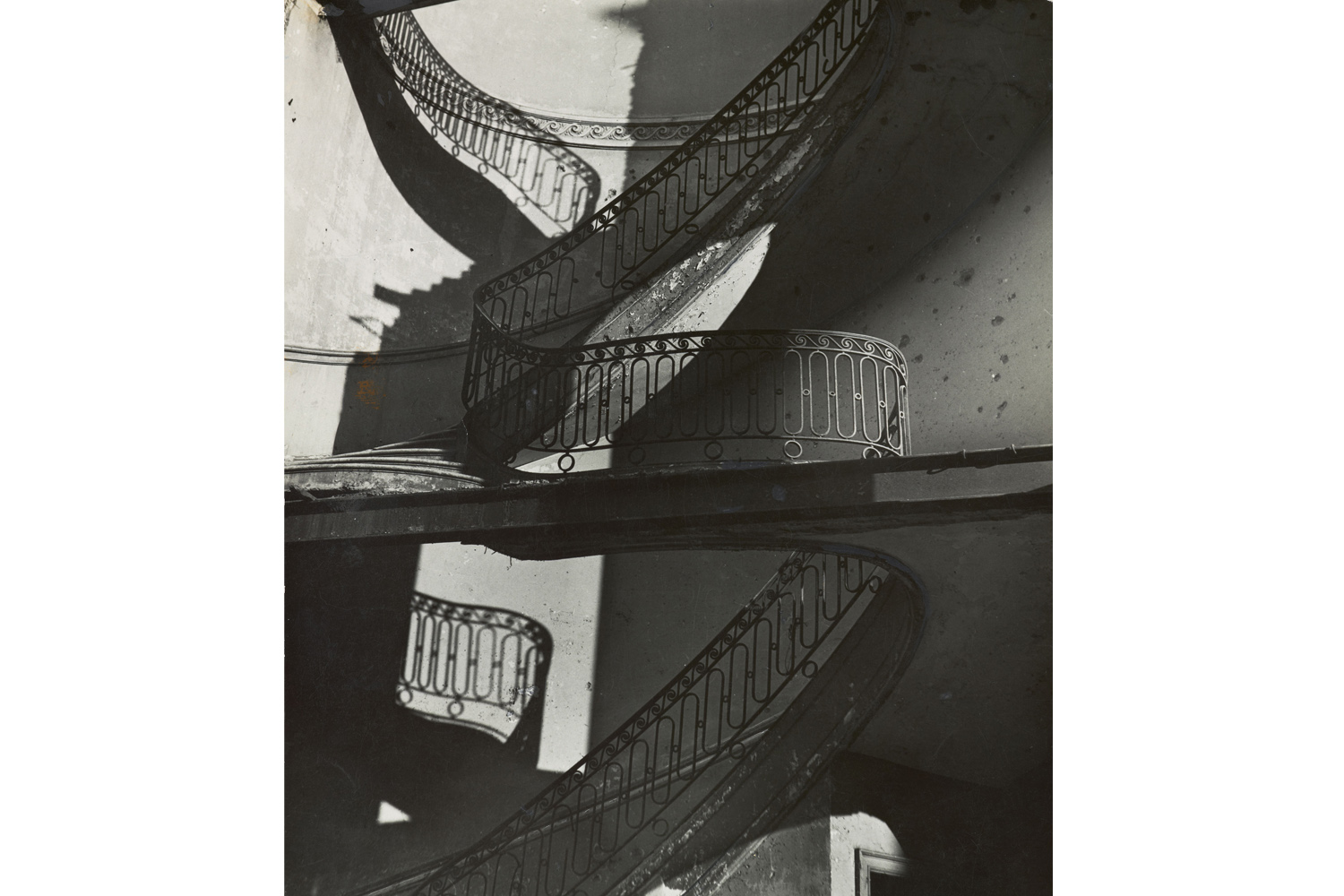
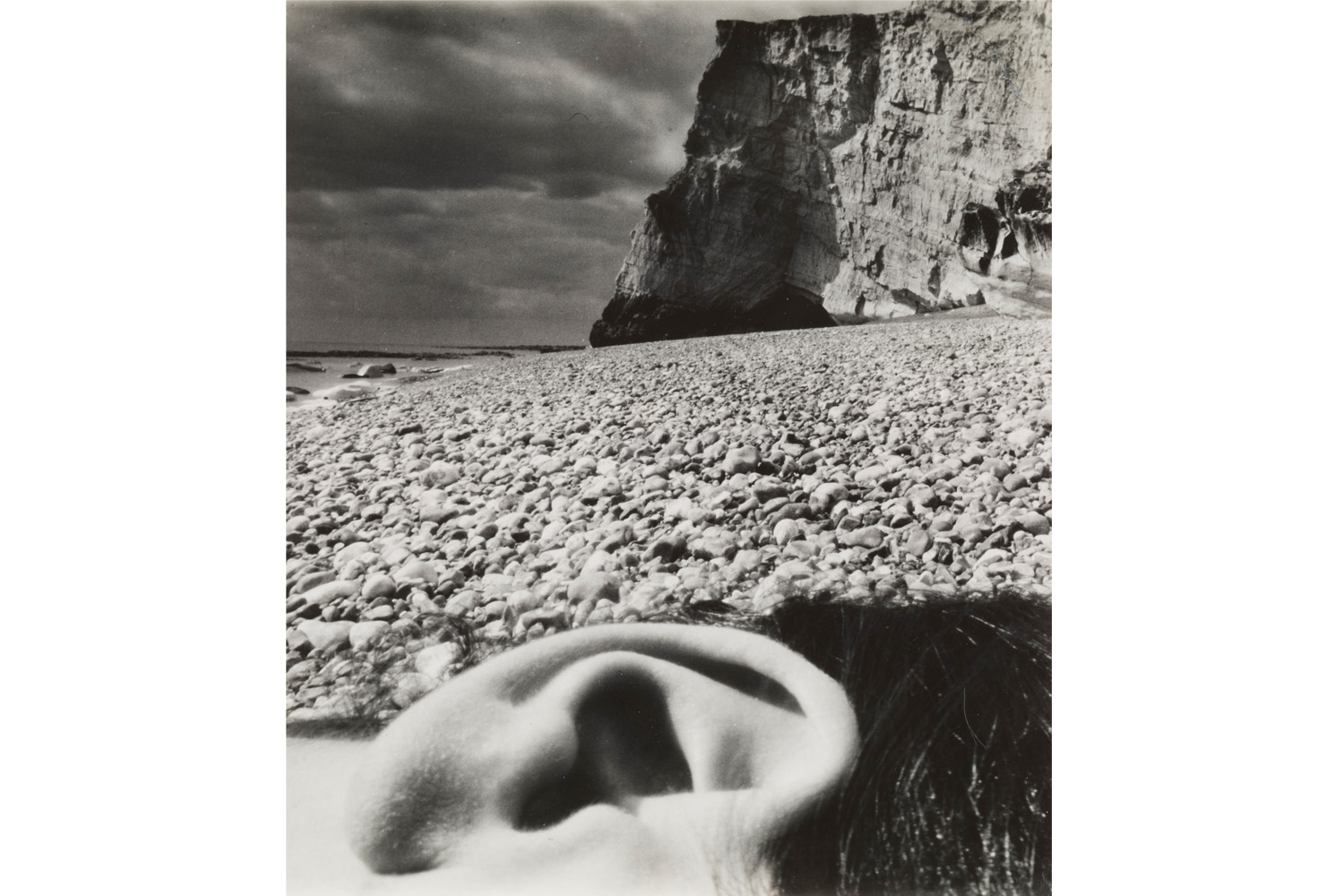
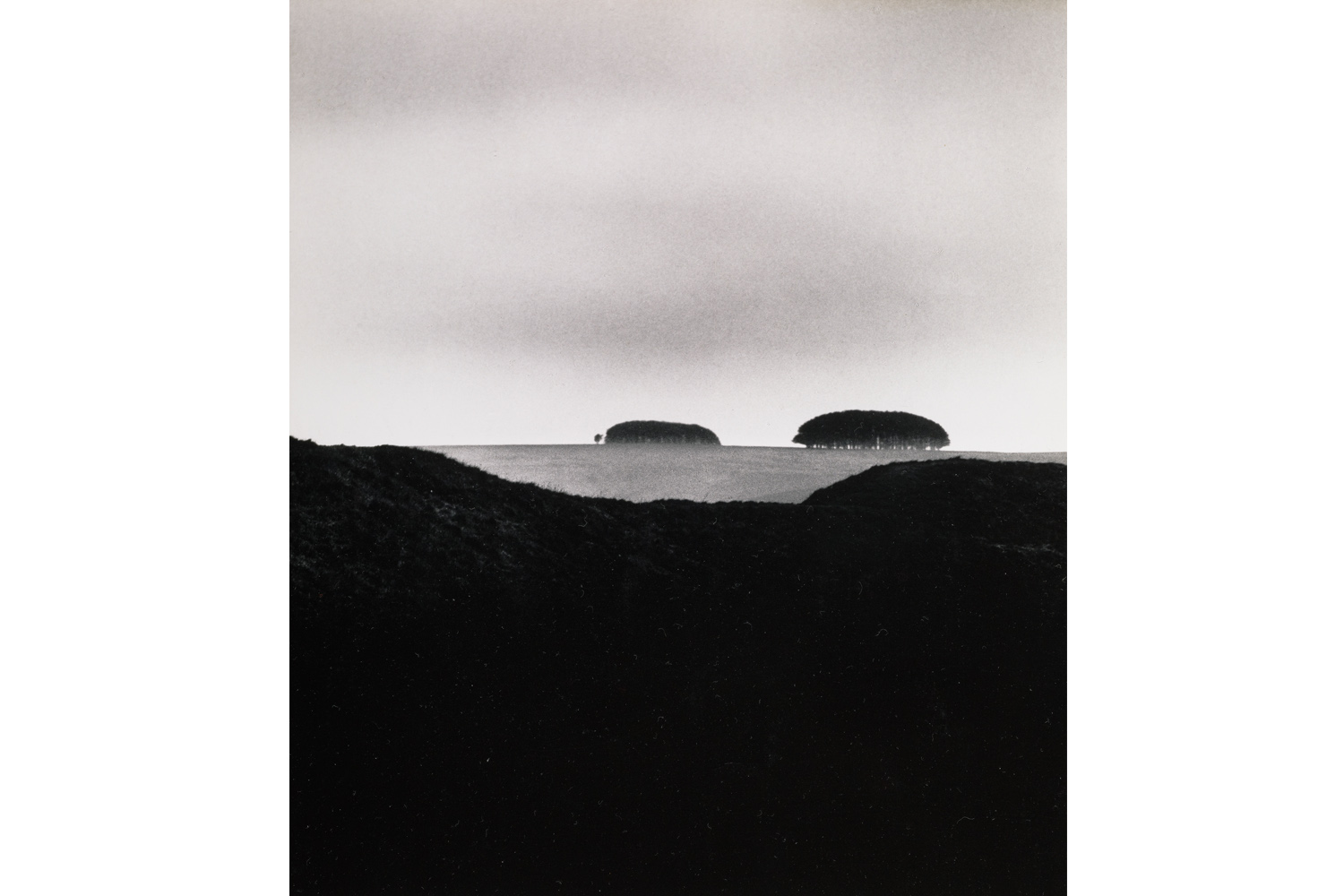

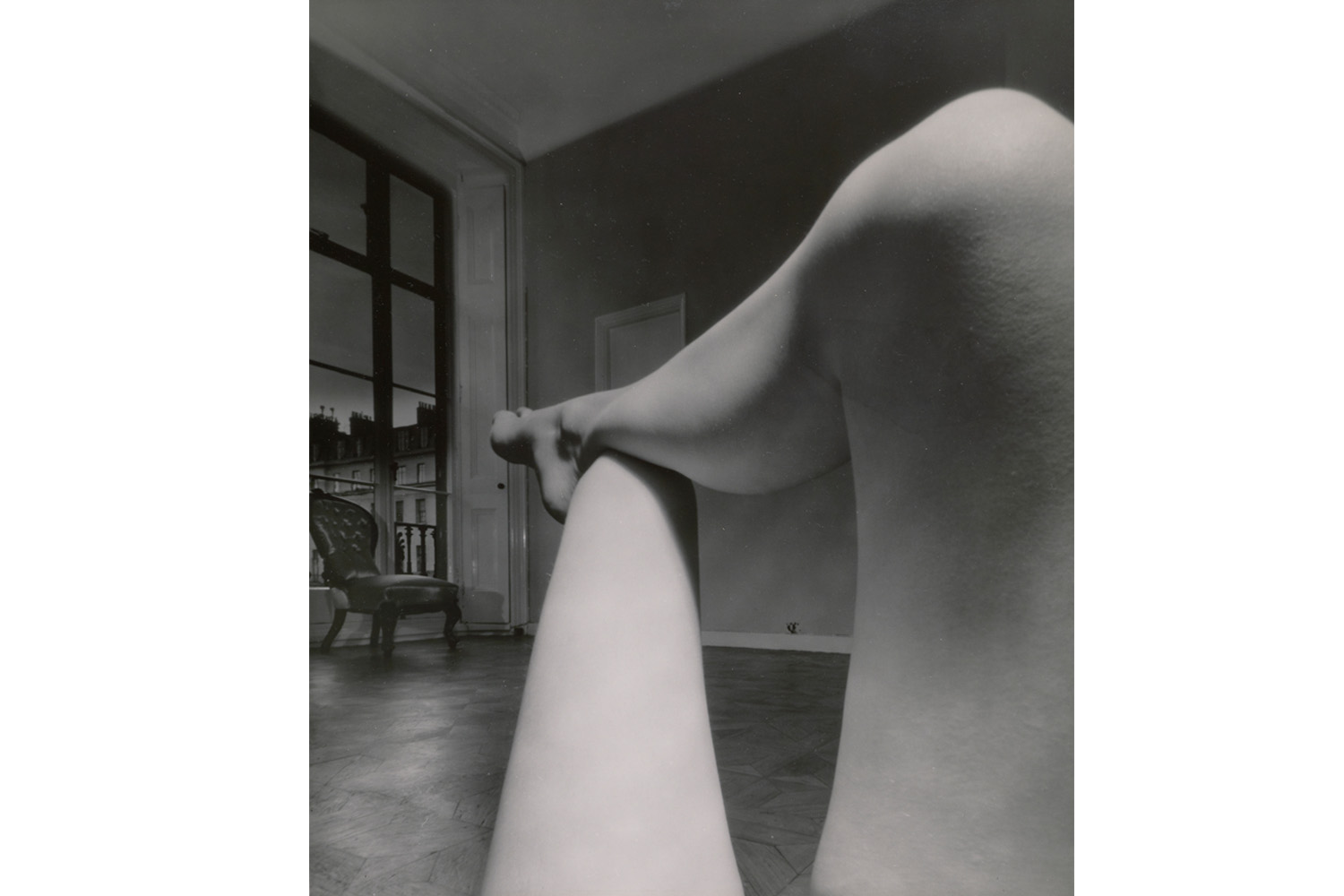
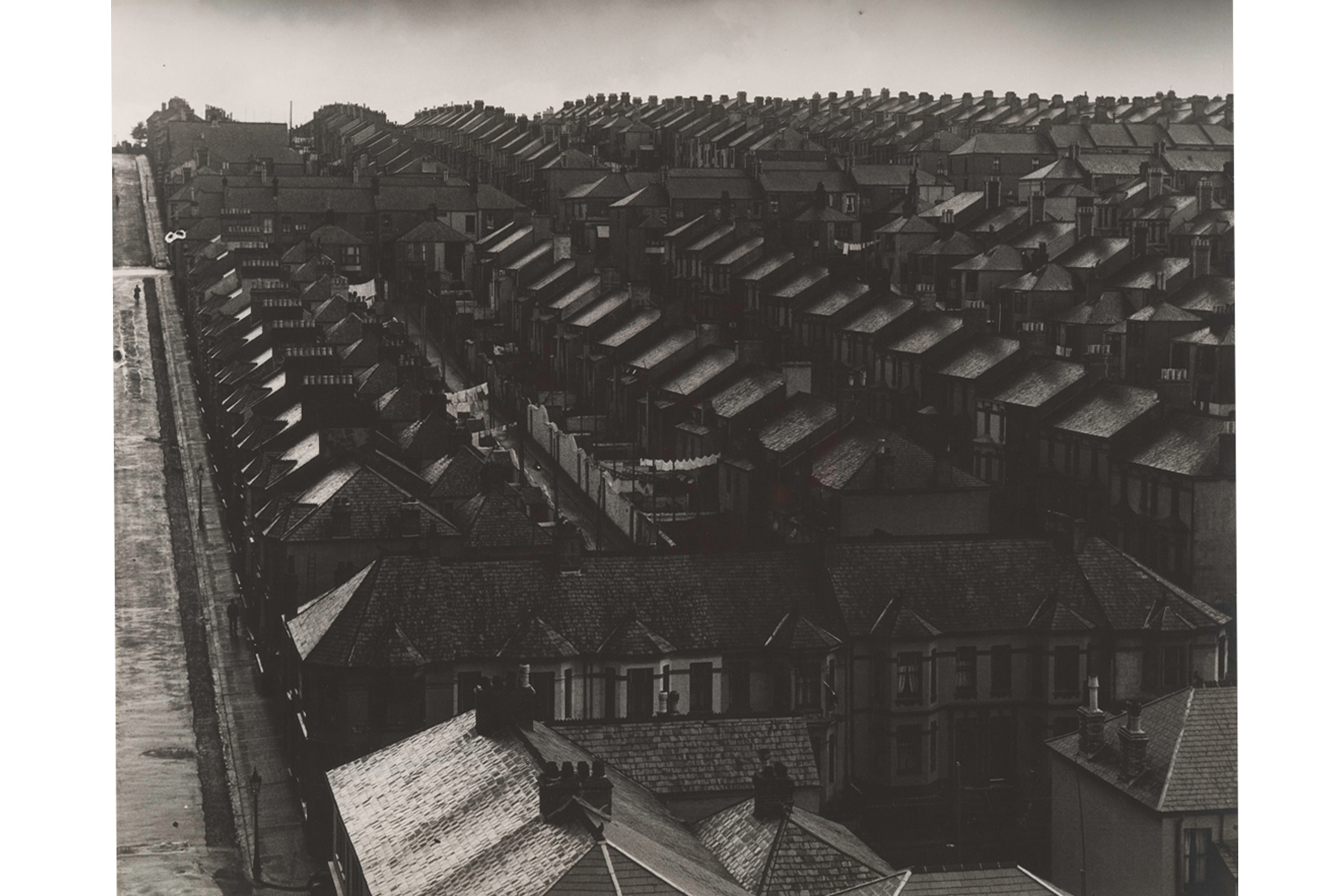
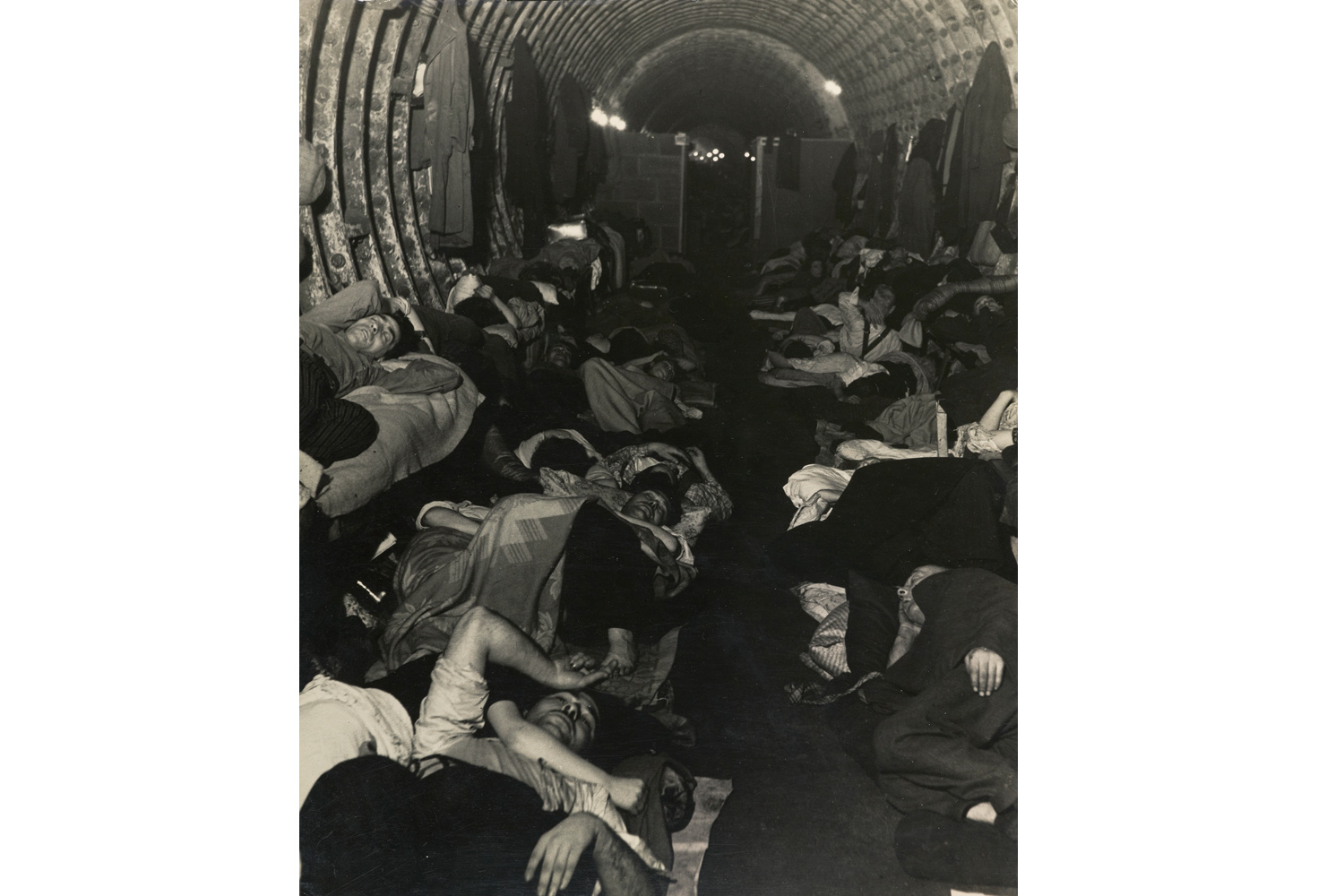
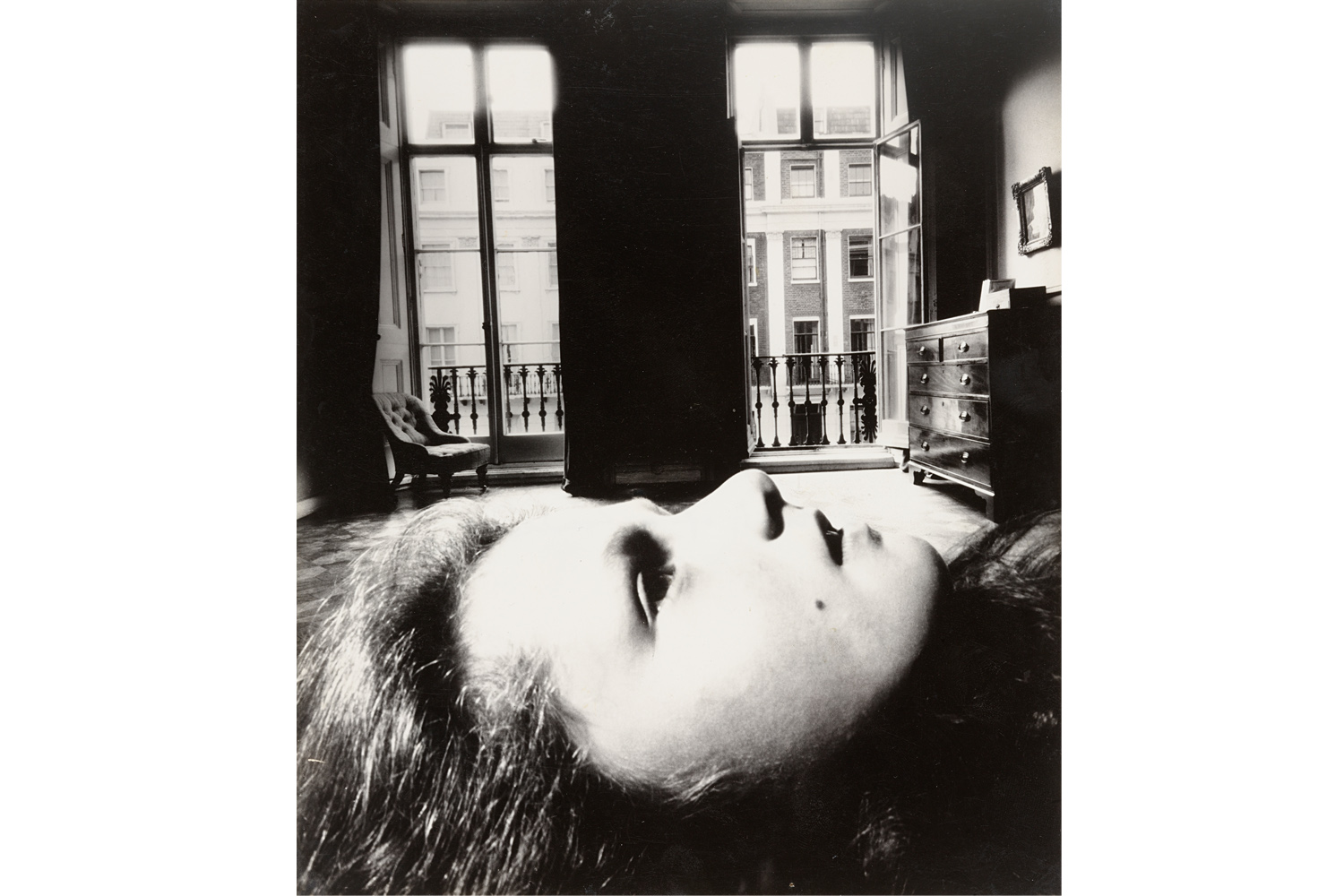
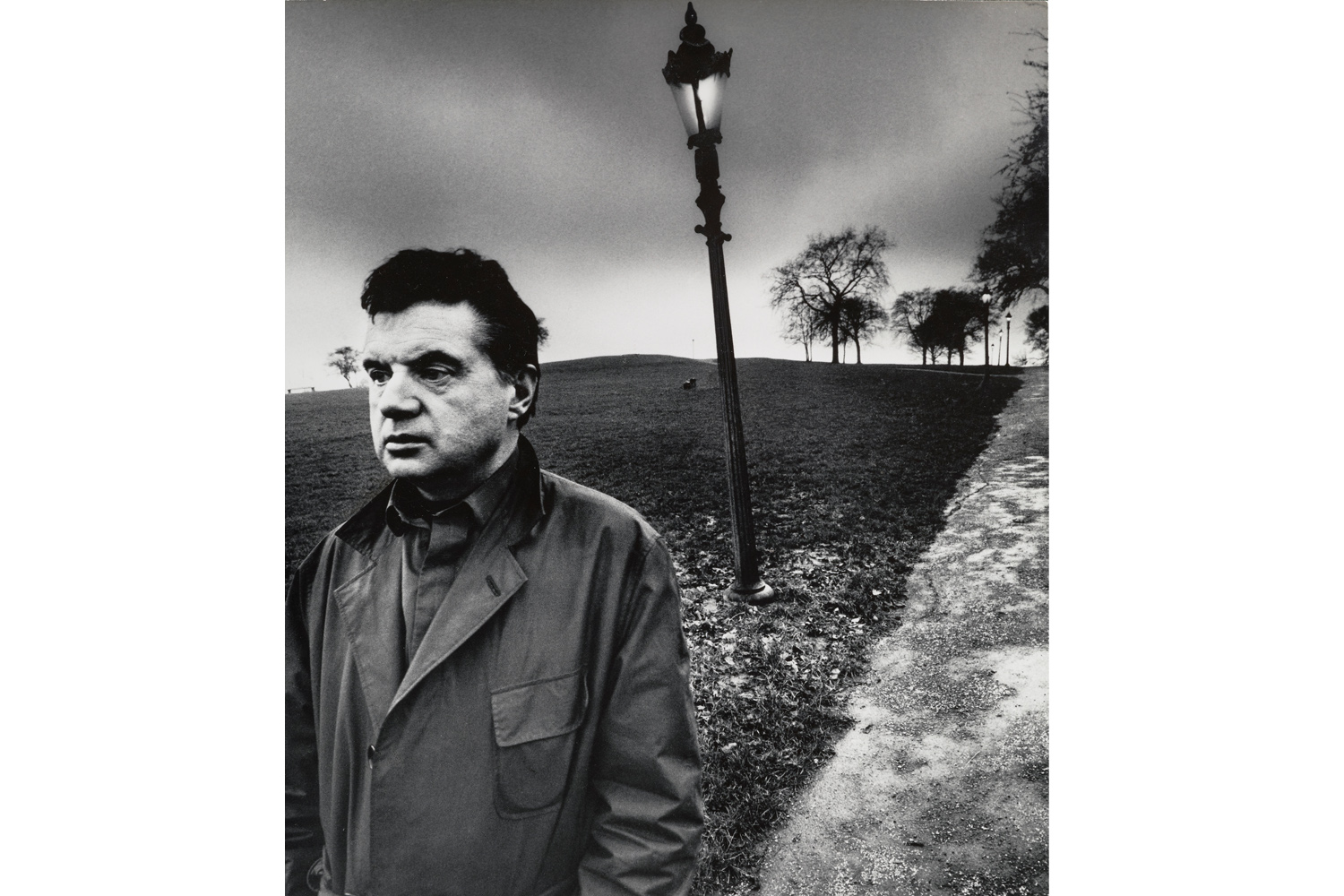


More Must-Reads From TIME
- The 100 Most Influential People of 2024
- The Revolution of Yulia Navalnaya
- 6 Compliments That Land Every Time
- What's the Deal With the Bitcoin Halving?
- If You're Dating Right Now , You're Brave: Column
- The AI That Could Heal a Divided Internet
- Fallout Is a Brilliant Model for the Future of Video Game Adaptations
- Want Weekly Recs on What to Watch, Read, and More? Sign Up for Worth Your Time
Write to Eliana Dockterman at eliana.dockterman@time.com